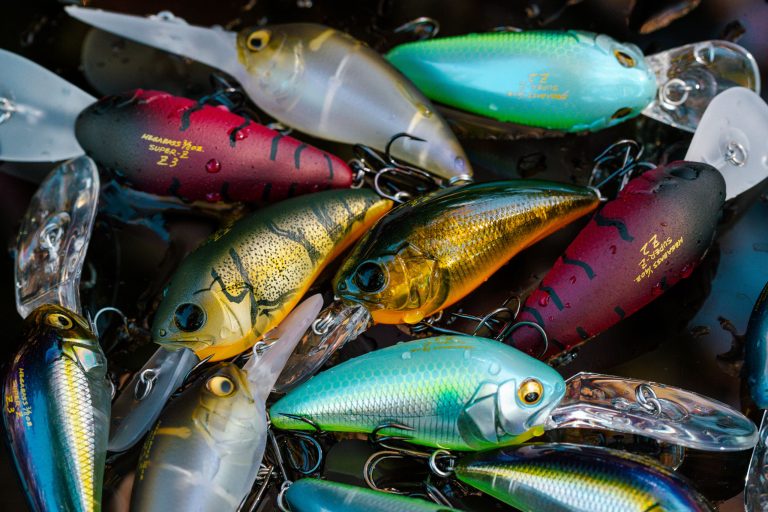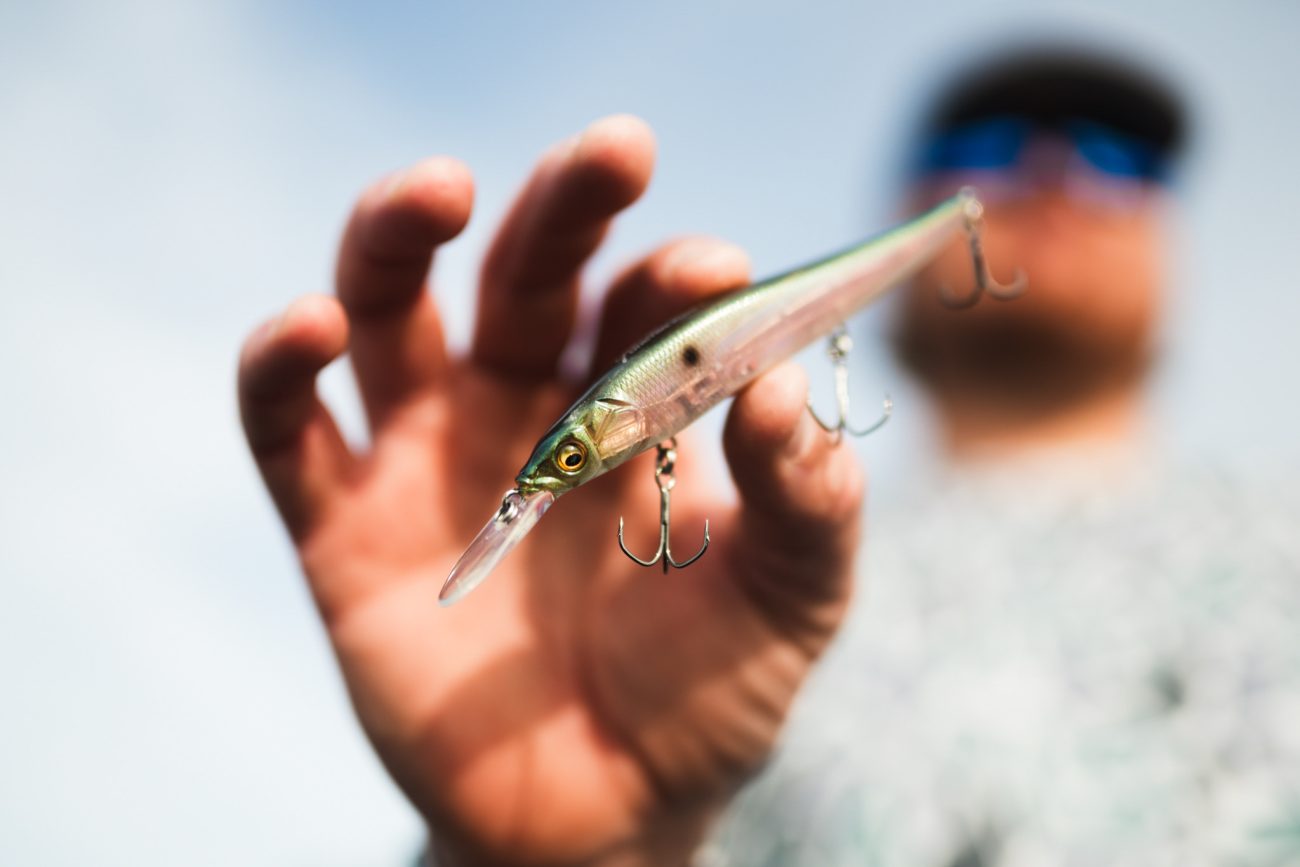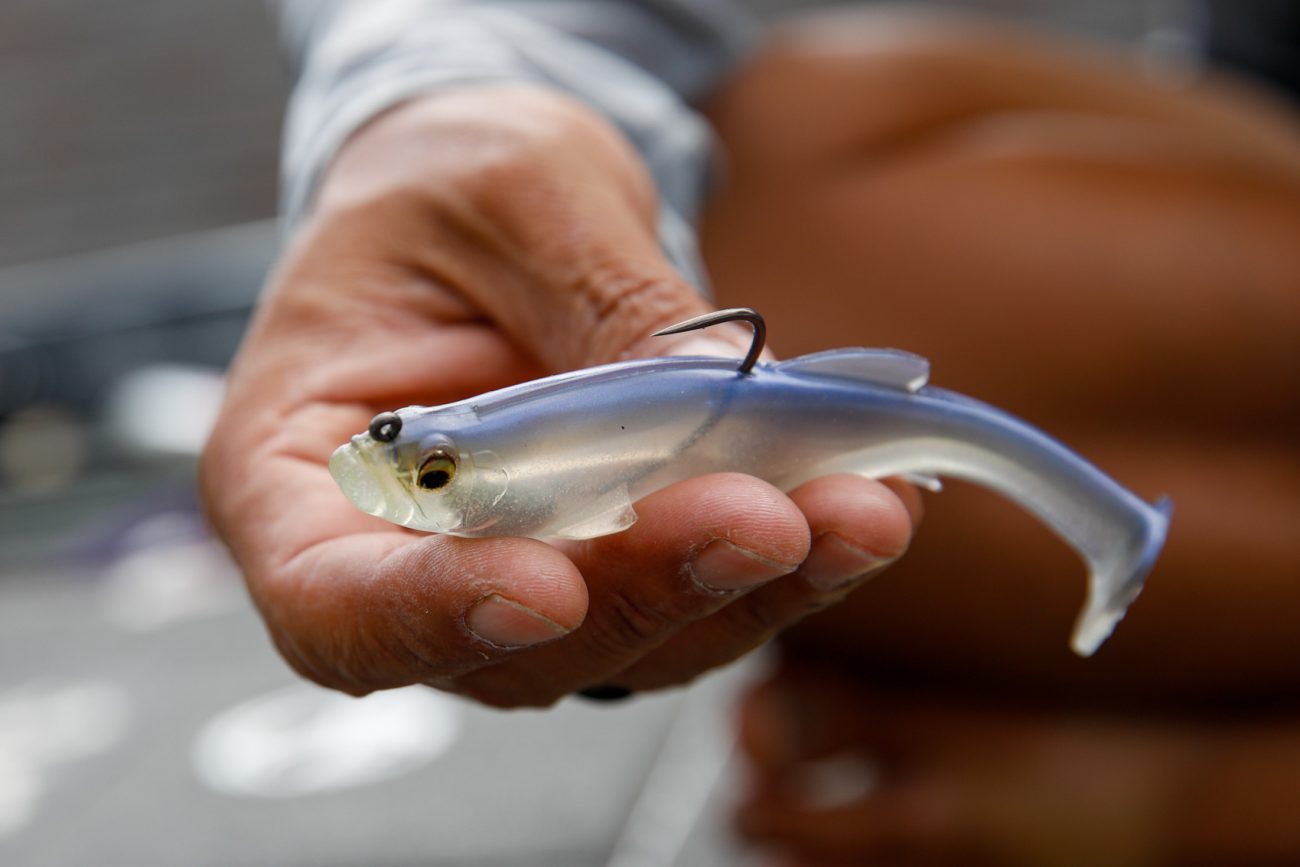Few things in bass fishing rival the adrenaline rush of a topwater explosion — especially when it comes from a big fish that’s been coaxed into striking a perfectly worked walking bait. For decades, “walking the dog” with a cigar-shaped lure has been one of the best ways to draw aggressive strikes from bass, and the Megabass Dog-X Diamante is redefining what anglers can expect from the best walking bait for bass.
Walking Baits: The Holy Grail of Topwater Strikes
Topwater walking baits have always been about triggering fish through a mix of sound, profile, and action. Whether it’s hunger, curiosity, or pure aggression, bass have a hard time resisting a lure that sashays across the surface like wounded prey. But today’s pros don’t just tie on any walking bait — they tailor their gear, retrieve, and even sound profile to the conditions.
For both Chris Zaldain and Bassmaster Classic champion Edwin Evers, the Dog-X Diamante has become a go-to tool during the post-spawn and fall feeding windows when fish are scattered and covering water is key.
Why the Dog-X Diamante Stands Out
At 4 ¾ inches long and ¾ ounces, the Megabass Dog-X Diamante offers a large, realistic profile that casts a mile and walks effortlessly. Its extra-long stride — close to a full foot per twitch — allows anglers to draw fish from a distance, a key factor when targeting suspended or roaming bass.
Zaldain emphasizes how well the bait sits high in the water column, even in a chop. “That’s critical in clear water,” he notes. “You want that lure to stay visible and have that full side-to-side swing.”
Evers will start with the rattling version to call fish up from deeper water, especially smallmouth or spotted bass in clear lakes. But if they’re just following or slapping at the lure, switching to the silent model often triggers the strike. Having both versions in rotation lets you adapt on the fly.
“It’s something I always have tied on,” Evers says. “It’s not just a search bait — it pulls big fish.”
Hooking More Bass with Smart Hardware Choices
One downside to walking baits can be missed hookups, but the Dog-X Diamante helps offset that with three No. 5 trebles that sit perfectly on the body. According to Zaldain, “If a fish even looks at it funny, he’s going to get hooked up.”
More hooks, better placement, and fewer missed fish — straight out of the package.
Color Selection: Subtle, Natural, or Bold
Color matters with walking baits — especially when fish are hesitant. In ultra-clear water, both Zaldain and Evers start with translucent or natural finishes like HT Kossori Shad or Sexy Shad. For stained or overcast conditions, they lean toward opaque patterns like Bahama Milk Pearl.
Bass can be finicky, especially in pressured waters, so if you’re getting follows but no bites, a quick color change can flip the switch.
Gear Setup for Maximum Walking Bait Performance
Evers throws the Dog-X Diamante on a 7’ medium-action baitcasting rod paired with 40-lb braid. The braid gives him casting distance and crisp action control, plus instant hooksets.
Zaldain, on the other hand, prefers 20-lb monofilament for its shock absorption and ability to keep the bait walking naturally. He pairs it with a Megabass Destroyer USA Oneten Special, a 6’11” moderate action rod designed for topwater precision.
Both setups are optimized to work the bait efficiently at long-range and close quarters, whether covering open water or targeting isolated cover.
The Verdict: A Must-Have Walking Bait for Bass Anglers
Whether you’re fan-casting a rocky flat for smallmouth, tempting post-spawn largemouth off isolated cover, or running a fall feeding pattern, the Megabass Dog-X Diamante is built to perform.
Its combination of long-range casting, wide-walking action, and high-end finish — make it one of the most versatile and effective walking baits for bass fishing on the market today.
If topwater’s part of your game plan, this is one lure that deserves a permanent spot on your deck.







